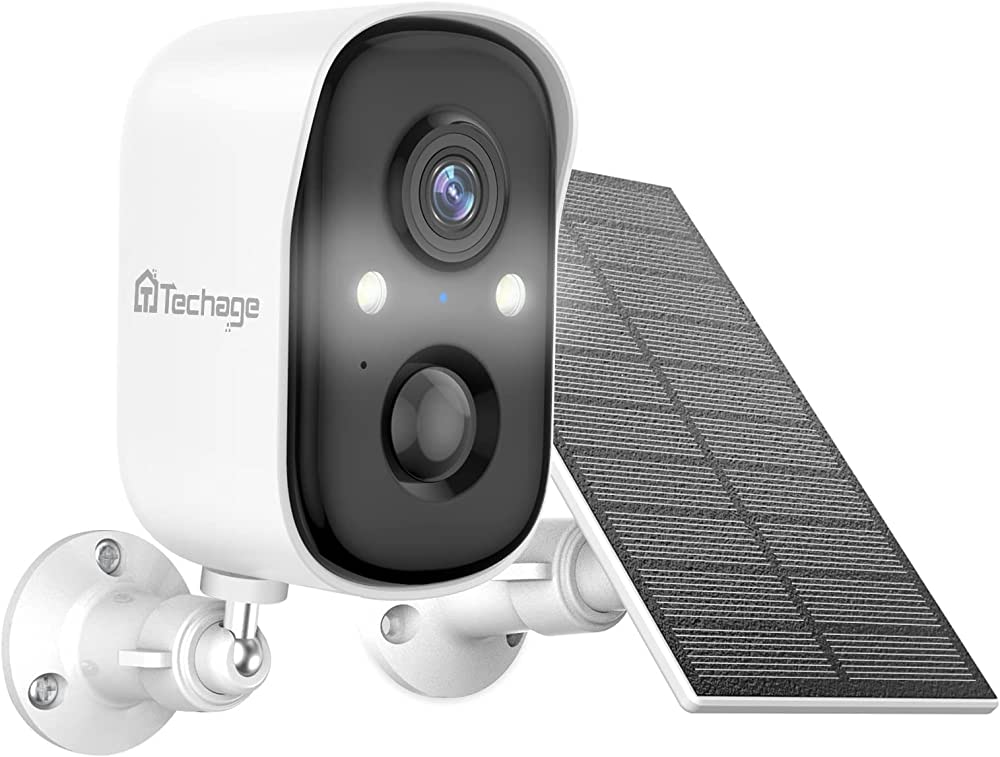Choosing the Right Security Camera: Battery-Powered vs. Solar-Powered
Security cameras have become essential tools for protecting homes, businesses, and public spaces. When it comes to surveillance cameras, two popular options are battery-powered cameras and solar-powered cameras. Both offer unique advantages and considerations. In this article, we will compare battery-powered cameras and solar-powered cameras, exploring their features, benefits, and limitations, to help you make an informed decision about the right security camera for your needs.
Battery-Powered Cameras
Battery-powered cameras operate on rechargeable batteries, offering flexibility and easy installation. Here are some key points to consider:
- Installation: Battery-powered cameras are wireless and do not require any electrical wiring. This makes installation a breeze, allowing you to place the cameras wherever you need them without the limitations of power outlets or wiring constraints.
- Portability: Battery-powered cameras are highly portable. You can easily move and relocate them without the hassle of rewiring or reinstallation. This makes them ideal for temporary installations, rental properties, or areas where camera positions need to be changed frequently.
- Limited Battery Life: The battery life of these cameras can vary depending on factors such as camera usage, settings, and environmental conditions. It is important to consider the battery life and choose cameras with longer battery durations or invest in additional batteries for uninterrupted surveillance.
- Maintenance: Battery-powered cameras require periodic battery recharging or replacement, depending on the camera model and usage. Regular monitoring of battery levels is necessary to ensure uninterrupted operation. Keep in mind that if you have multiple cameras, managing and charging multiple batteries can be time-consuming.
Solar-Powered Cameras
Solar-powered cameras utilize solar panels to generate energy from the sun, providing a sustainable and long-term surveillance solution. Here are some key considerations:
- Continuous Power: Solar-powered cameras offer a continuous power supply, as they rely on solar energy. The solar panels charge the camera’s batteries during the day, ensuring uninterrupted operation even during extended periods of low sunlight or power outages.
- Environmentally Friendly: Solar-powered cameras are eco-friendly, as they harness renewable energy and reduce dependency on traditional power sources. By utilizing solar energy, these cameras contribute to a greener and more sustainable environment.
- Installation and Wiring: Installing solar-powered cameras may require additional considerations. The solar panels need to be positioned in areas with ample sunlight exposure, which may limit the placement options. Additionally, wiring between the solar panels and cameras may be necessary, depending on the camera model.
- Upfront Investment: Solar-powered cameras generally have a higher upfront cost compared to battery-powered cameras. The cost includes the camera, solar panels, and installation expenses. However, over time, the cost savings from not relying on battery replacements or recharging can offset the initial investment.
Choosing the Right Camera
When deciding between battery-powered and solar-powered cameras, consider the following factors:
- Camera Usage: Determine the specific surveillance needs and the desired camera placement. If flexibility and easy installation are crucial, battery-powered cameras are a suitable choice. On the other hand, if continuous power and long-term sustainability are important, solar-powered cameras are ideal.
- Location and Sunlight Exposure: Assess the availability of sunlight in the camera’s intended placement area. If sunlight exposure is limited or inconsistent, battery-powered cameras may be a more practical option. However, if there is ample sunlight, solar-powered cameras can provide reliable and continuous surveillance.
- Budget and Long-Term Cost: Consider your budget and the long-term cost implications. While battery-powered cameras may have lower upfront costs, ongoing expenses for battery replacements or recharging should be factored in. Solar-powered cameras have higher upfront costs but offer cost savings over time with minimal maintenance requirements.
Conclusion
Battery-powered and solar-powered cameras offer distinct advantages and considerations. Battery-powered cameras provide flexibility, easy installation, and portability, but they require regular battery maintenance and have limited battery life. On the other hand, solar-powered cameras offer continuous power supply, environmental friendliness, and long-term cost savings, but they require ample sunlight exposure and have higher upfront costs.
